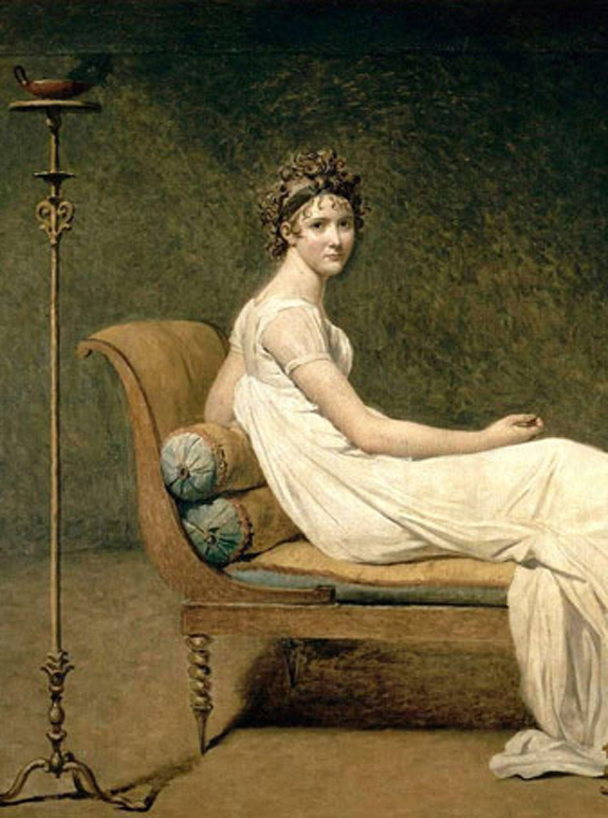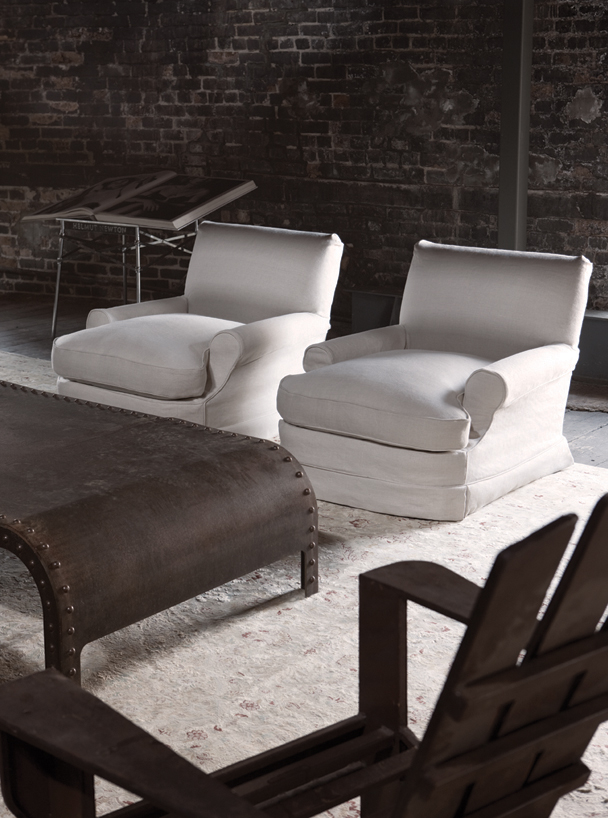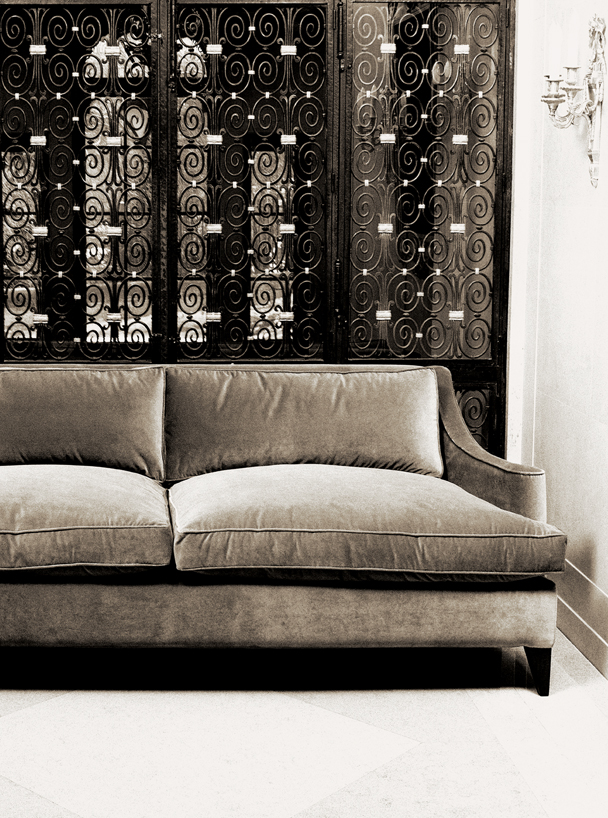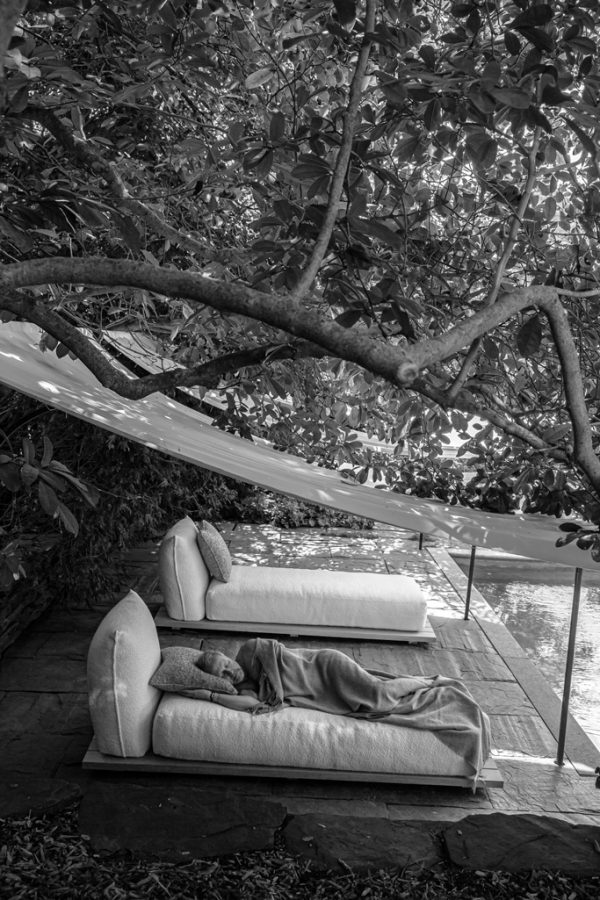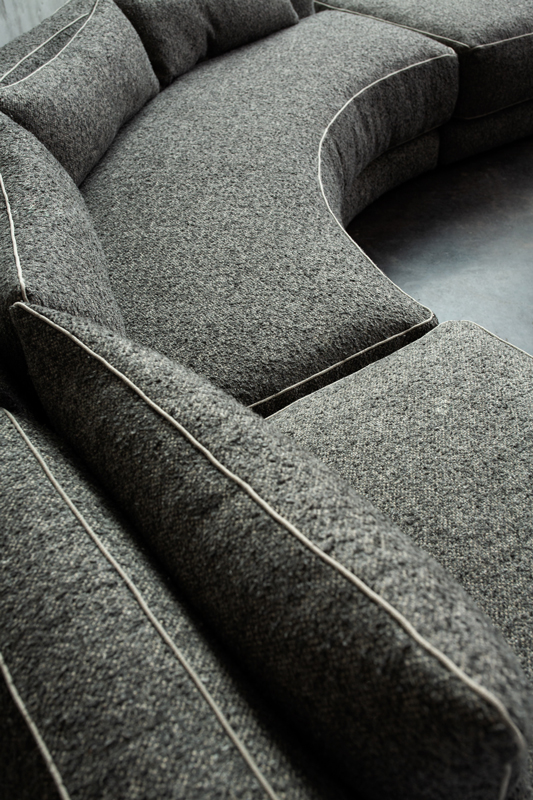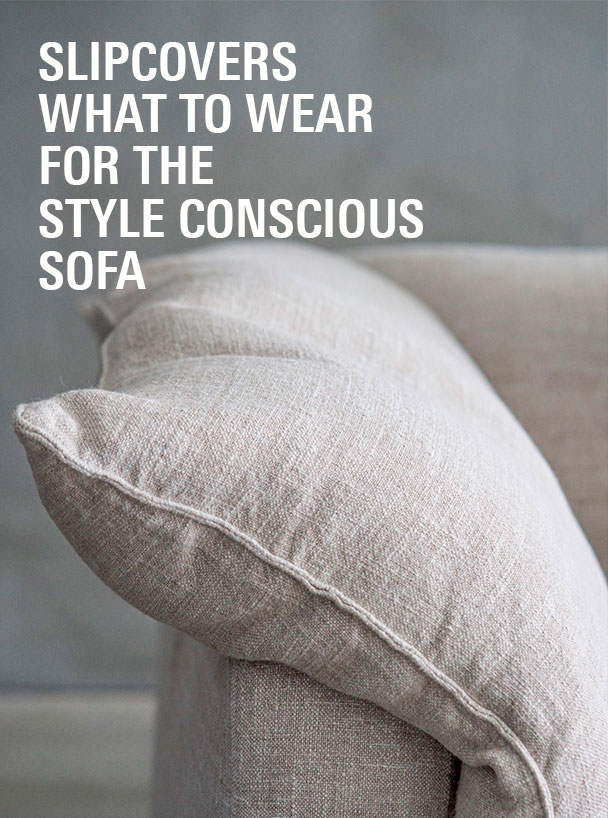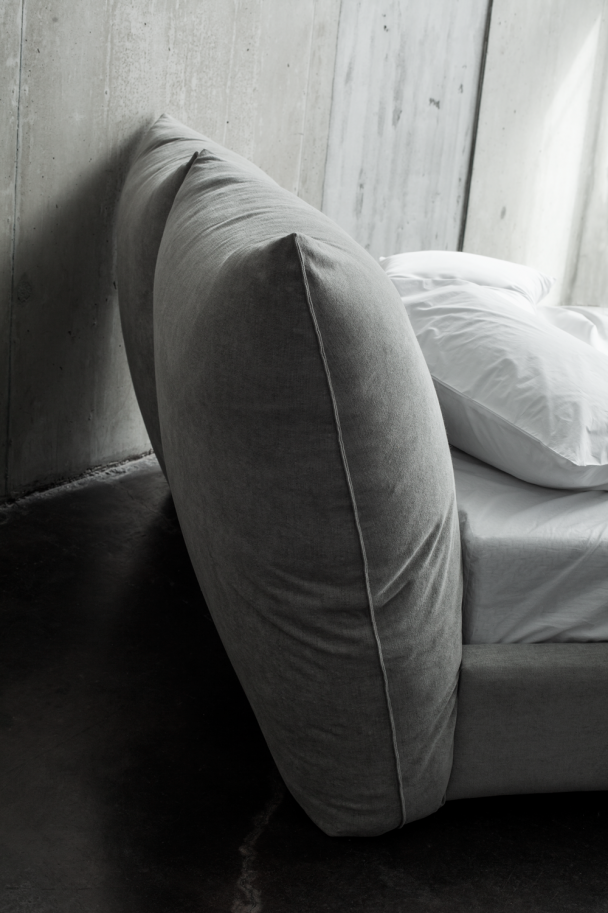SEATING DESIGN THROUGH THE AGES
Furniture, dating as far back as the Neolithic period, is a part of the human experience. Inspired by the French term “fournir”, furniture is intended to support various human activities like seating and sleeping. It is a form of decorative art and a fundamental element of our existence.
Did you know…
The first evidence of man-made seating sits in a preserved 3000 B.C. Neolithic Scottish village called Skara Brae. Having little access to timber, residents created dwellings as well as interior furniture from the ample supply of stone nearby.

Flat-sided rocks serving as Neolithic bench seating surrounding fire pits in a are thought to be the oldest evidence of furniture design…the first sofa perhaps?
Unlike their predecessors, Ancient Egyptians relied on wood rather than stone for their furniture, even head rests (pillows) were carved from wood or bone.
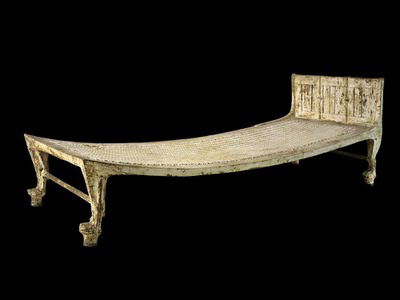
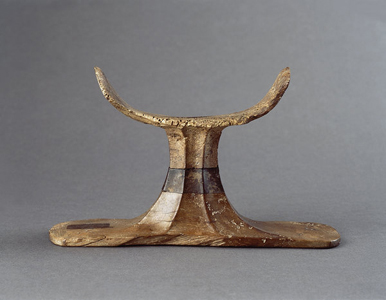
The Romans began the upholstery and fine carving of seating and beds, but the chair was still widely considered to be only for Royals or important people. Through the Middle Ages, seating furniture became more opulent and padded, but it wasn’t until the 17th century that real “armchairs” appeared, and chairs as well as sofas and settees became integral parts of interiors.
THE CHAIR
THEN (Circa 4750-4700 B.C.)
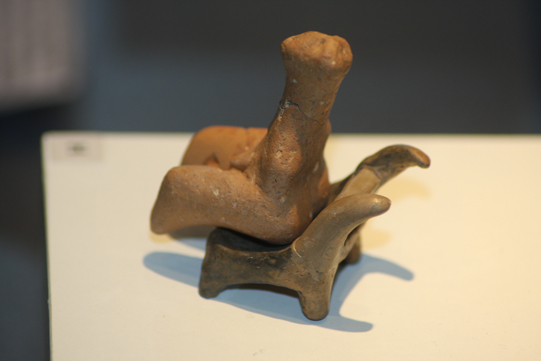
NOW (2012)
For the past 6 centuries the Chair has been seen as a necessity as well as design element, both in interiors and out.
But for thousands of years it was considered an “article of state and dignity” rather than an article of ordinary use. The “chest” or box, the bench and the stool were until the 17th century, the common seats used in everyday living.
“The chair” is still extensively used as the emblem of authority in the British House of Commons and in public meetings, and is literally the root of the term “Chairman”, emphasizing the importance of the person who commands and sits in, the chair.
THE SOFA

Settee, England, 1690-1700.
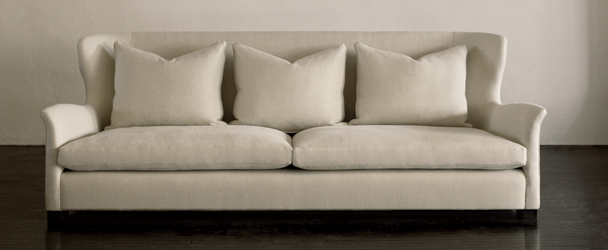
One of the earliest “sofas” was made in England in the 1690s and was referred to as
a “double Windsor chair without a division.”
Did you know…
The term “sofa” or “sopha, suffah” is derived from the Arabic word for “mat or bench”.
And so the sofa could have been created by integrating 2 chairs (without a division), or placing a back behind a bench: either way, the sofa became one of the most popular furniture trends of the 17th century.
Sofas became more sought after (and comfortable) with more and more craftsmen coming out of the woodwork to create new tools and techniques for woodcarving and upholstery. This rendering the sofa (as well as chairs and stools), the must-haves of any well-designed interior.
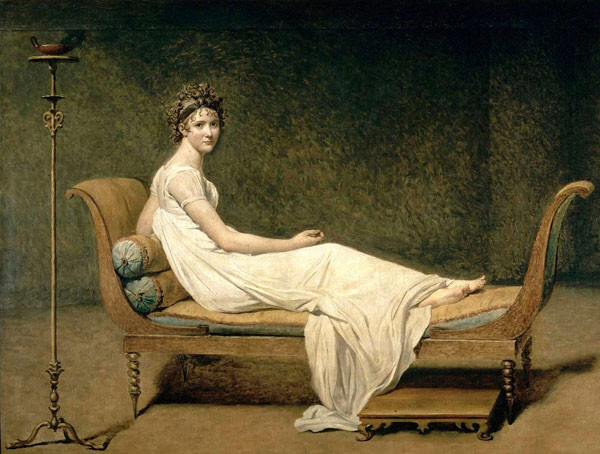
“Recamier” is one of the terms used to describe daybeds of today
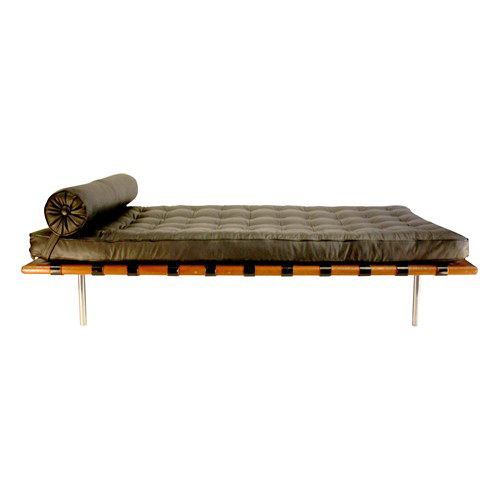
vintage Mies Van der Rohe, circa 1950
WHAT’S IN A NAME?
Sofa, Couch, Settee, Lounge, Davenport, or Chesterfield. Two-seater or Loveseat, a Three-Seater, a Sectional, or Chaise Lounge.
No matter what you call it, any form of a sofa is part of our everyday lives, offering comfort and function, design and personal style.
Though improvement of furniture design has immensely evolved from the hard, stone seating of 5000 years ago to today’s plush, down and fabric seating, it seems the common thread between then and now, is the pride of craftsmanship and constant aim for improvement, both in function and form.





